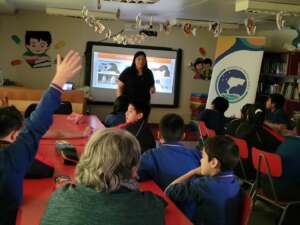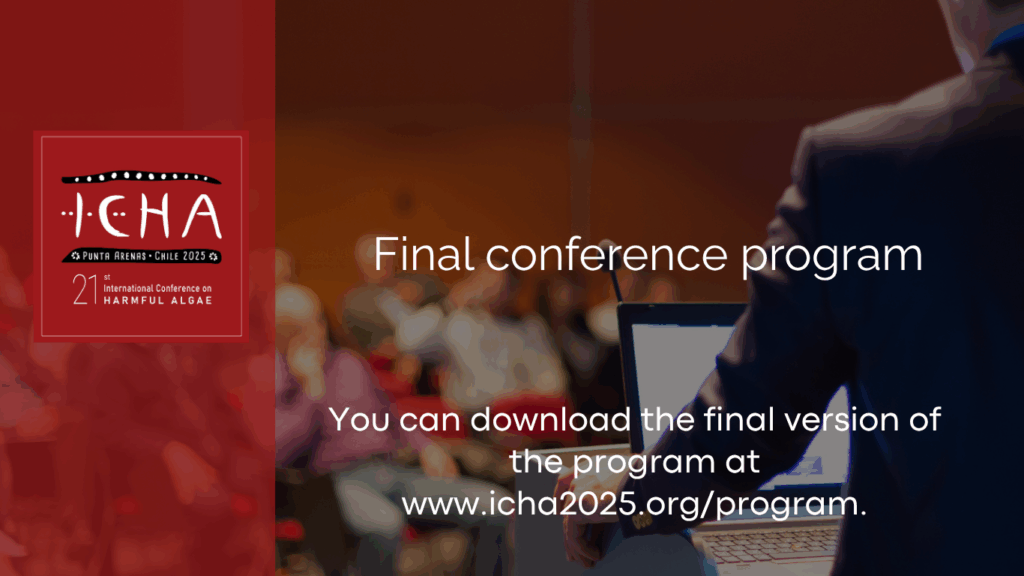Outreach activities
The ICHA 2025 Conference, wishes to open its doors to the community, for which various activities have been organised at Punta Arenas.
We seek not only to inform them about methods for detecting and preventing these blooms, but also to inspire new generations about scientific advances in this field.
ICHA 2025 is a special place where you can learn about the science of red tides, ask questions, and find out how to help protect our oceans. We invite you to join this exciting scientific adventure!
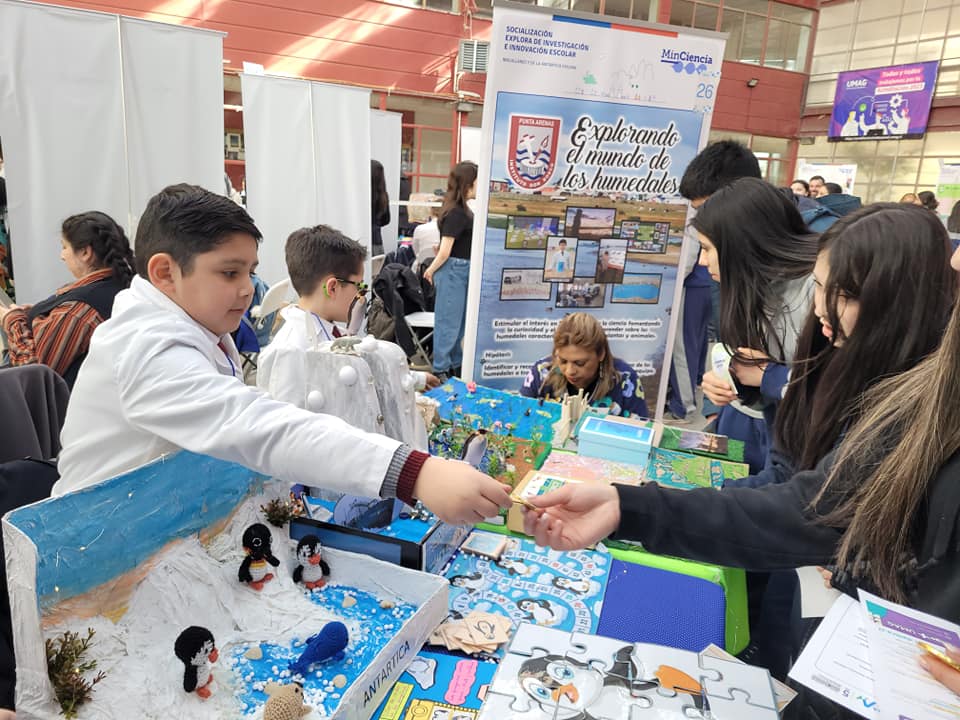
Secondary school students from schools participating in the PAR Explora Magallanes Programme have been invited to take part in this activity.
The PAR Explora Programme is an initiative of the Chilean Ministry of Science, Technology, Knowledge and Innovation, which seeks to encourage the educational community to participate in science, technology, knowledge and innovation (STKI) education activities that promote learning.
Explora Regional Partnership Projects (PAR) implement the Explora Programme at regional level, strengthening STKI skills in educational communities, particularly those in publicly funded establishments with high vulnerability rates.
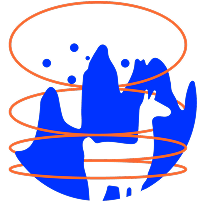
Find out more of PAR Explora Magallanes
Outreach Program- Wednesday 22 October
- 14:45 - 15:00
- 15:00 - 15:10
- 15:10 - 15:50
- 15:50 - 16:30
- 16:30 - 17:10
- 17:10 - 18:00
Student arrival, registration and accommodation.
Hotel Dreams del Estrecho, Punta Arenas, Chile.

Welcome to the students.
“Red tide and its impact on health”.
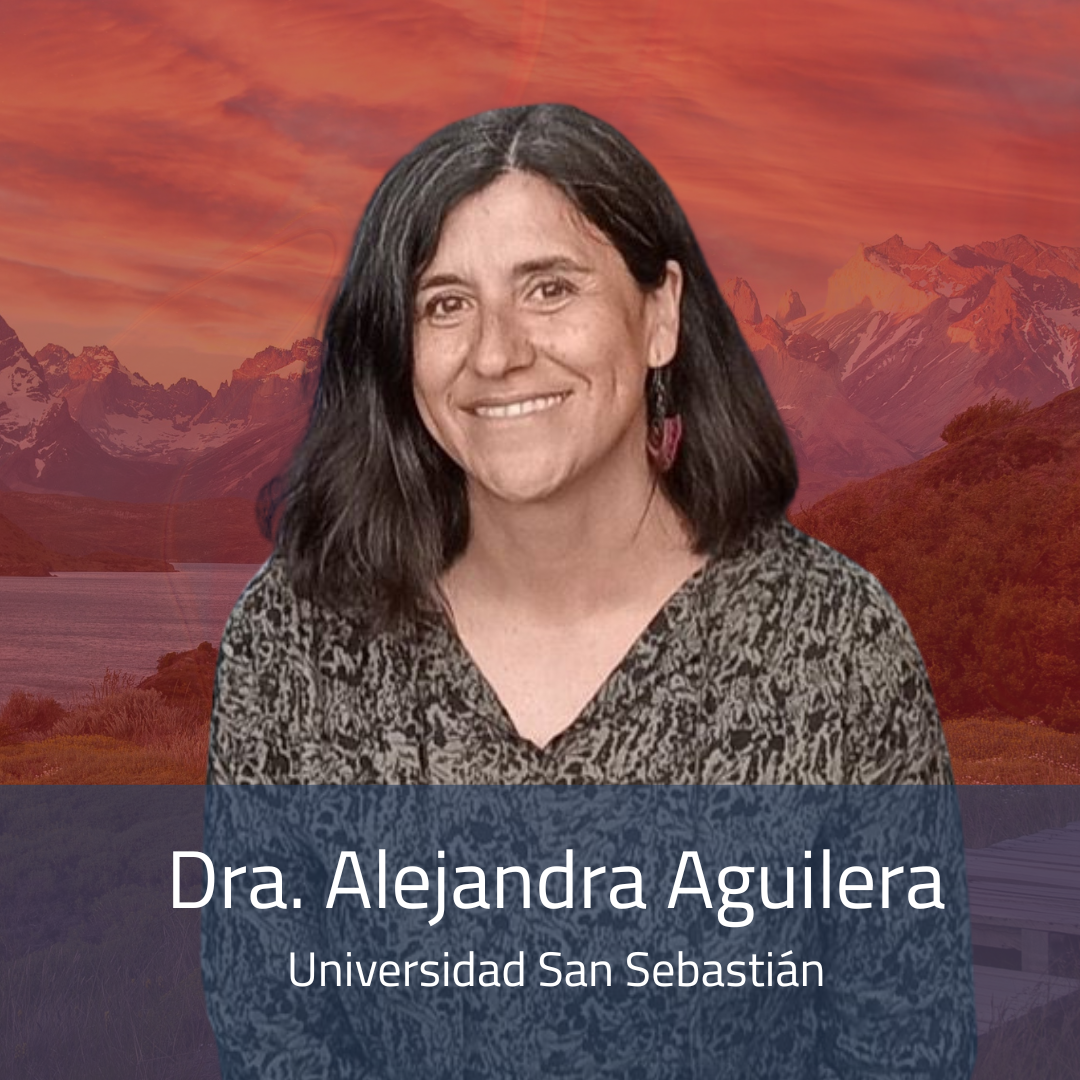
Speaker: Alejandra Aguilera is a marine biologist and holds a PhD in Biological Sciences from the University of Concepción. She is currently the director of the Health Sciences Bachelor’s Degree Programme at the University of San Sebastián, Patagonia campus. She is also the technical manager of the Alexandrium catenella Surveillance, Detection and Control Programme.
Objective: This presentation aims to raise awareness about red tide, its effects on human health, and its impact on marine ecosystems.
What will you learn?
– What red tide is and its causes.
– Effects on public health.
– Impact on the marine ecosystem.
– Prevention measures and safety strategies.
– The role of science in monitoring this phenomenon.
“Molecular tools for detecting FAN: from genes to the ecosystem”.
 Speaker: Dr Alejandro Murillo has a bachelor’s and master’s degree in Biology from the Pontifical Catholic University of Chile, and he completed his PhD in Biology, with a specialisation in Molecular Genetics and Microbiology, at the same university. His doctoral thesis focused on describing the group of genes involved in the synthesis of saxitoxin and its analogues
Speaker: Dr Alejandro Murillo has a bachelor’s and master’s degree in Biology from the Pontifical Catholic University of Chile, and he completed his PhD in Biology, with a specialisation in Molecular Genetics and Microbiology, at the same university. His doctoral thesis focused on describing the group of genes involved in the synthesis of saxitoxin and its analogues
in a model organism, the freshwater cyanobacterium Raphidiopsis brookii strain D9.
He has worked in the field of microbial oceanography, especially in coastal upwelling zones with low oxygen levels, for the last 15 years. In February 2024, he took over as director of the Coastal Research Center at the University of Atacama in Caldera, located in the Atacama Region.
Objective: This presentation aims to show the relevance of molecular techniques for the identification and study of NPH-producing microalgae species and how their application to monitoring and field studies can reduce response time and increase coverage range.
What will you learn?
– What are the molecular bases of toxin production.
– How molecular biology and molecular techniques are used to identify microorganisms in the environment.
– The impact of molecular techniques on our understanding of the marine ecosystem.
– Practical applications of some technologies.
– Remote monitoring and future prospects.
“Technological Environmental Monitoring”.
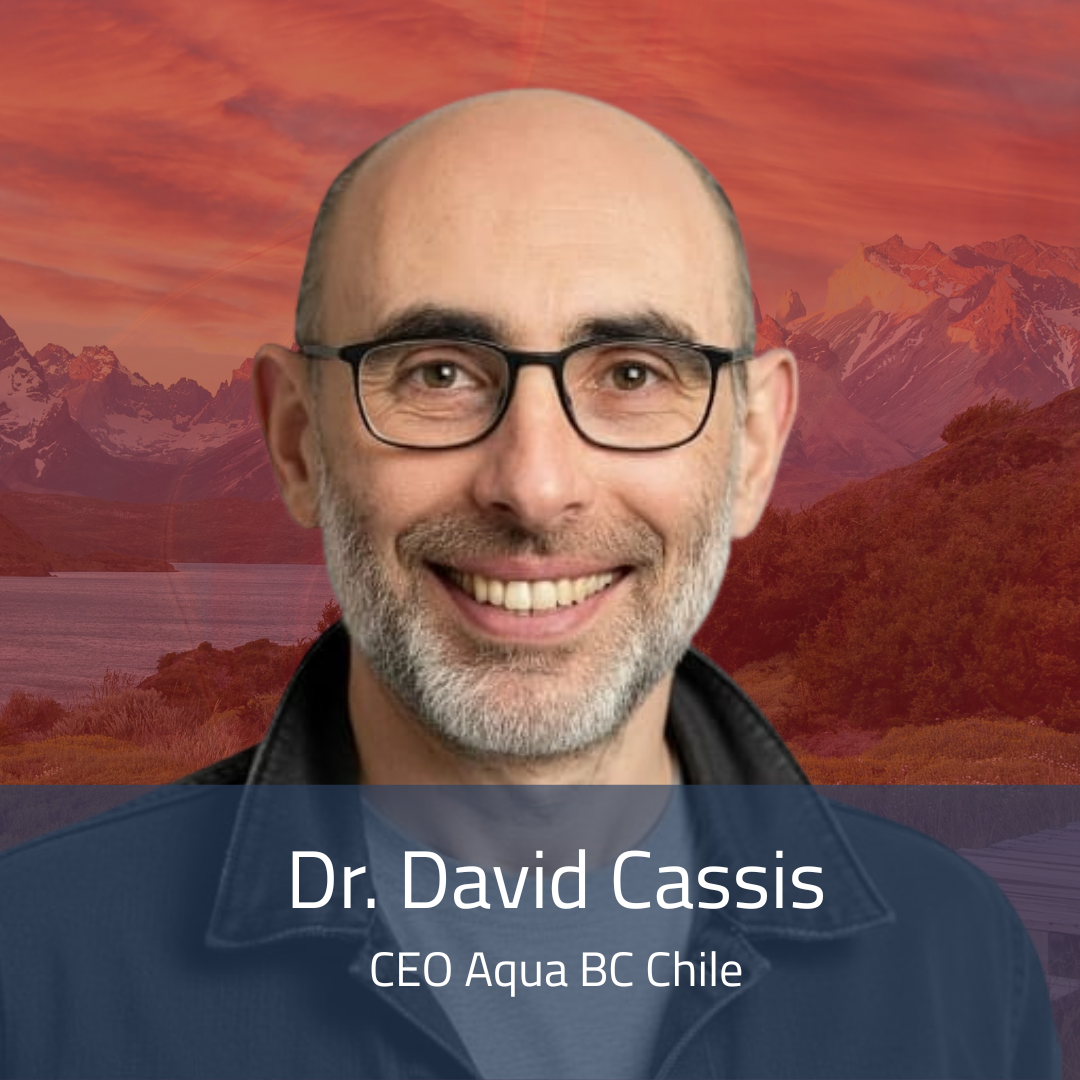
Speaker: David Cassis, principal scientist and executive director of AquaBC Chile, is an expert in marine phytoplankton taxonomy and ecology, field sampling, and marine toxin detection. He specialised in phytoplankton taxonomy at UBC (Canada), where he created Phytopedia together with his students. In 2014, he founded AquaBC to help establish links between industry and academia, and now offers field equipment, environmental monitoring instruments, training and consulting, as well as internationally recognised rapid tests for the rapid detection of marine biotoxins in shellfish and water.
Objective: To provide an overview of the problem caused by harmful algal blooms in Chile and to demonstrate existing and emerging technologies for monitoring them in an entertaining and interesting way.
What will you learn?
– What is a ‘red tide’ and what causes it? The difference between algal blooms and harmful algal blooms will be explained, along with their historical development in Chile.
– Main species that affect human activities in Chile.
– Effects on human health (accumulative toxins VPM, VAM, VDM) as an introduction to testing.
– Impact on the marine ecosystem (e.g. salmon, whales, episodes of hypoxia).
– Impact on national aquaculture industries (mussels/oysters and salmon).
– What is currently being done to detect algal blooms? Environmental monitoring, basic techniques and new technologies (microscope, counting cameras, digital cameras, AI, drones, satellite images, rapid tests).
– Demonstrative and participatory activity (samples will be projected from a microscope, tests will be given to attendees to try during the activity).
– Prevention measures and safety strategies What is being done today to prevent and mitigate the effects of harmful algal blooms? Which techniques and technologies work and which do not (physical, chemical, biological mitigation measures)?
– The role of science and industry in monitoring this phenomenon. What is currently being done in Chile? How can science, industry and conservation interact for greater effectiveness (case of whale mortality in the Gulf of Penas, case of FAN 2015/2016).
Coffee and a space to chat with researchers.
